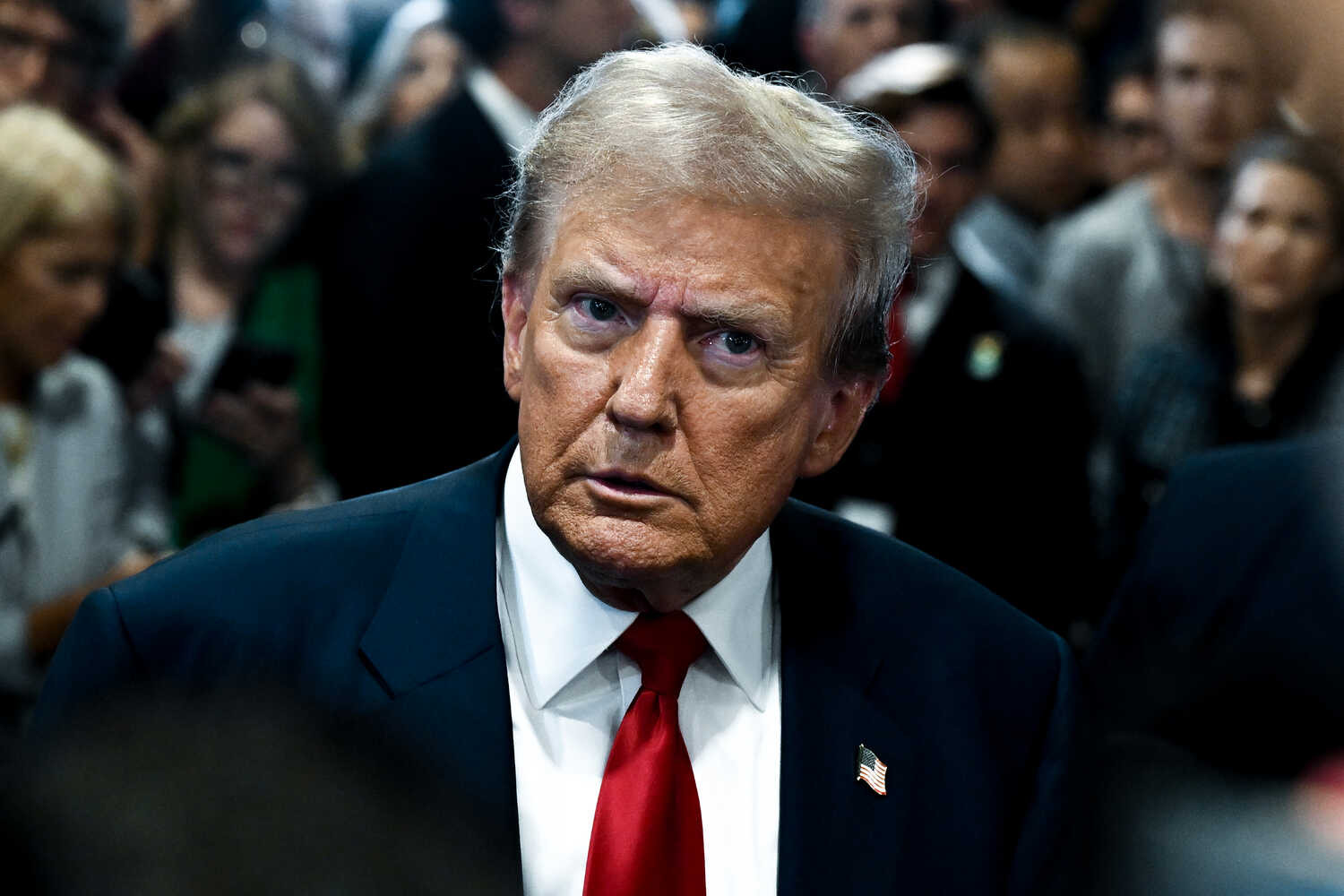World News – 2024 – Video Playlist | Video Playlists | Sites: | newsandtimes.org | links-newsandtimes.com | worldwebtimes.com | southcaucasusnews.com | russianworld.net | jossica.com | octobersurprise2016.org | bklyntimes.com | oceanavenuenews.com | fbireform.com | bloggersunite.net | octobersurprise-2024.org | Trump-News.org | Audio-Posts.com | Bklyn-NY.com | Posts Review – newsandtimes.org | Capitol-Riot.com |
The News And Times Review – NewsAndTimes.org
What a Ukraine peace deal might look like.
-
Share full articleShare free access

The Donetsk region last month.Credit…Tyler Hicks/The New York Times
Last year’s Ukrainian counteroffensive was a failure. Russia’s defenses in the territory it has captured look impenetrable. Republicans in Washington are blocking further Ukraine aid. President Volodymyr Zelensky is on the precipice of firing his top general — who may well become his chief political rival.
It’s a difficult moment for Ukraine. And another year of frontal assaults on the trench lines could make 2024 look like 1916, a year in World War I that brought harrowing loss of life but few battlefield gains.
The question now is what Ukraine can reasonably still hope to achieve. In today’s newsletter, I’ll explain what a negotiated settlement might look like — whenever it comes — and what a better and worse version might look like. It’s still possible that either Ukraine or Russia will mount a more successful military drive this year than experts expect. But the most likely outcome of this year’s fighting is a continued stalemate. That impasse will shape how the war ends.
Ukraine wants all its territory back. That is not likely to happen.
Ukrainians believe in their ability to fight back. They defended Kyiv, retook Kherson and pushed Russia away from Kharkiv in 2022. Their military is more battle-hardened than anything else in Europe, made more sophisticated by its adoption of American and allied technology. They have avoided the worst outcome: an outright defeat, an overthrow of their democratic government, the installation of a Russian puppet. Many Ukrainians now believe concessions to Russia would mean their compatriots had died in vain.
But the situation is grim. The country has lost nearly one-fifth of its territory. In 2014, Russia took Crimea and orchestrated a separatist rebellion in parts of the Donbas. It grabbed the rest since the current phase of the war began in 2022.


By The New York Times
Ukraine has lost a generation of young men — killed and wounded — to the war. It is also running out of ammunition, supplies and equipment. While Europe just approved $54 billion in economic assistance, it is American money that delivers Kyiv’s military might. But most House Republicans now oppose further Ukraine aid. And even pro-Ukraine Republicans are asking Biden administration officials what strategy can break the current battlefield stalemate. Meanwhile, the funding is ensnared in a border policy debate.
If Ukraine can’t get what it needs to beat Russia, what kind of deal could it make?
Vladimir Putin may accept a peace deal that gives him the territory he occupies now and that forces Ukraine to stay neutral, halting its integration with Europe. Ukrainians call this bargain a capitulation. But without additional American aid, they may be forced to take it.
A better deal for Ukraine would give it back at least some of its land, plus a promise that the United States and Europe would help defend it against Russia. Perhaps then Putin would think twice about further attacks. In this scenario, Ukraine might not join NATO or the European Union immediately, the prospect of which helped drive Russia’s invasion in the first place.
But to make that deal possible, Ukraine would need a stronger military to erode Russia’s might. The Russian Army has been damaged, its most advanced weaponry lost, its modernization drive set back years. If the proposed $60 billion U.S. aid package ever comes through, it could enable more audacious Ukrainian strikes behind Russian lines — the kinds of operations that keep Moscow off balance.
The money from Congress, in short, could be the difference between a bad deal and a better one. Having it would strengthen Ukraine’s hand at the negotiating table. Without it, Putin may prove right in his theory that he can outlast the West.
-
King Charles III was diagnosed with cancer and suspended his public engagements to undergo treatment.
-
The Senegalese Parliament voted to delay this month’s elections until December. The president announced a postponement last week, in a move critics called an “institutional coup.”
-
A Haitian prosecutor recommended charges against several people for the 2021 assassination of President Jovenel Moïse — including, unexpectedly, his first lady.
-
The Chinese authorities declared an Australian writer and businessman guilty of espionage and gave him a potential death sentence.
A utility company threatened Alabama’s wetlands. Its settlement with the E.P.A. is good news, even if it’s only a start, Margaret Renkl writes.
Over 60 countries have elections this year. But voters in countries like Pakistan are asking how effective democracy really is, Bina Shah writes.
Here are columns by Paul Krugman on immigration and Michelle Goldberg on Poland.
Infinite scroll? TikTok once seemed in tune with individual tastes. Recently, it’s felt like fumbling in the junk drawer, Jon Caramanica writes.
Lives Lived: Bob Beckwith, a retired firefighter, catapulted to fame when a photograph of him standing with President George W. Bush at ground zero after 9/11 became a symbol of the nation’s grit. He died at 91.
College sports: A federal official ruled that Dartmouth men’s basketball players are university employees and can form a union. The ruling is likely to be appealed.
M.L.B.: The Kansas City Royals signed the star shortstop Bobby Witt Jr. to an 11-year, $288 million contract extension, signaling a new direction for the small-market franchise.
N.F.L.: Commissioner Roger Goodell announced that the Eagles will open next season in São Paulo, Brazil, the league’s first game in South America.
Ads: For a second year, the average cost of a 30-second Super Bowl ad is $7 million. In a fragmented media landscape, it’s a rare chance to reach a mass audience.
Big trucks: Monster Jam has grown significantly since its founding in 1995. It now runs six tours — five in the U.S. and one overseas — selling millions of tickets, by its own account. The trucking events have become faddish with Gen Z-ers and millennials whose attendance, one fan posits, began as an irony that has now tipped into genuine enthusiasm.
Wear compression socks on the plane.
Use these sunscreens on your face.
-
Share full articleShare free access


